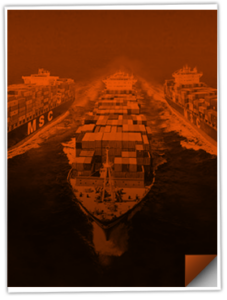What is Customs Valuation?
Customs valuation is the process of determining the value of imported goods for the purpose of calculating import duties, taxes, and fees. It ensures that the declared value accurately reflects the transaction value or a substitute method, in accordance with international trade rules.
Customs authorities—like U.S. Customs and Border Protection (CBP)—use this valuation to assess how much an importer owes when goods enter the country.
Common Customs Valuation Methods
According to the WTO Valuation Agreement, customs authorities apply the following methods in order:
- Transaction Value (most common): Price actually paid or payable for the goods
- Transaction Value of Identical Goods
- Transaction Value of Similar Goods
- Deductive Value (based on resale price in the importing country)
- Computed Value (based on cost of production)
- Fallback Method (flexible application of previous methods)
What’s Included in Customs Value?
The customs value often includes:
- Price of the goods (invoice value)
- Freight and insurance costs (CIF terms)
- Packing charges
- Royalties or license fees (if required to sell the goods)
- Assists (e.g., free materials or tooling provided by the importer)
Example in Practice
An importer brings in kitchen appliances from Germany. The invoice shows $50,000 FOB. Since the sale includes a royalty payment for branding and CBP requires CIF valuation, freight and insurance are added—bringing the total customs value to $55,000. Duties are calculated based on this amount.
Need help clearing your shipments through Customs? Contact us today!



